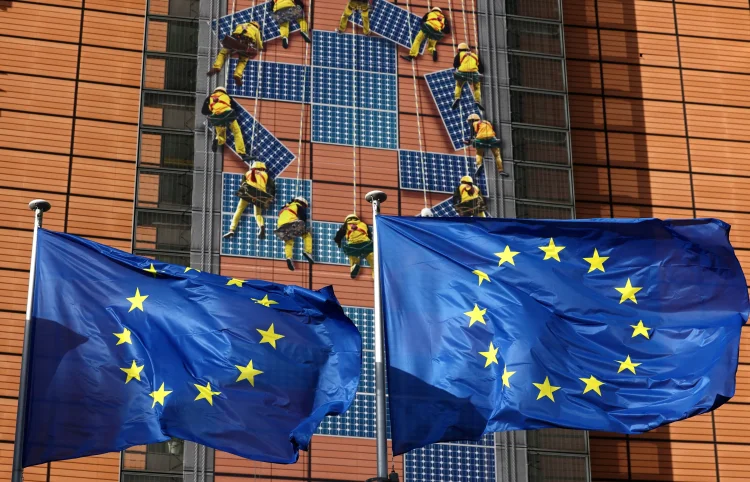European Union Enforces New Ban on Four Dangerous Research Chemicals and Psychoactive Substances as of July 1, 2024

As of July 1, 2024, the European Union has taken decisive steps to curb the spread of harmful research chemicals (RCs) and new psychoactive substances (NPS) by expanding its list of controlled substances. This move comes as part of ongoing efforts to protect public health and tackle the evolving challenges posed by novel synthetic drugs across member states.
The European Monitoring Centre for Drugs and Drug Addiction (EMCDDA) recently confirmed the inclusion of four new substances in the EU's controlled list through the Council Implementing Decision (EU) 2024/...), marking a significant expansion of regulatory oversight:
- 3-Methylmethcathinone (3-MMC), a synthetic cathinone stimulant, is now fully banned across all EU member states. While some countries, such as the Netherlands, had previously controlled 3-MMC, this comprehensive ban ensures uniformity across the bloc. 3-MMC is known for its stimulant effects and potential for abuse and health risks.
- Etonitazepyne, a potent synthetic opioid from the nitazene class, has been implicated in multiple fatal overdoses, particularly in Sweden and Estonia. This substance’s extreme potency and growing presence in illicit drug markets have raised alarms among public health officials.
- N-Desethylisotonitazene, another nitazene opioid derivative, is increasingly detected in counterfeit pills. Its strong opioid effects pose serious overdose risks, especially when mixed unknowingly with other substances.
- MDMB-4en-PINACA, a synthetic cannabinoid, has been linked to severe poisoning cases. Synthetic cannabinoids like MDMB-4en-PINACA mimic the effects of cannabis but often with unpredictable and dangerous health outcomes.
Implications for Vendors and Public Health
Vendors and distributors of these substances are legally required to cease sales and distribution by July 1, 2024. However, experts warn that underground markets may attempt to circumvent these bans by introducing slightly altered analogs or rebranding substances to evade detection and regulation.
The new bans highlight the ongoing cat-and-mouse dynamic between regulators and illicit drug markets, underscoring the need for continued vigilance, updated forensic testing, and public education about the dangers of novel psychoactive substances.
Looking Ahead
The EMCDDA and EU authorities will continue monitoring trends in novel psychoactive substances and adjusting regulations as necessary to safeguard public health. Consumers and health professionals are urged to stay informed about these developments and report suspicious substances or adverse effects to relevant authorities.
